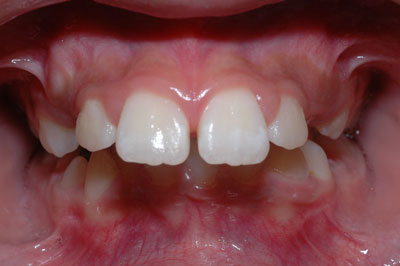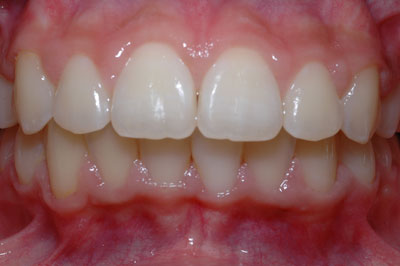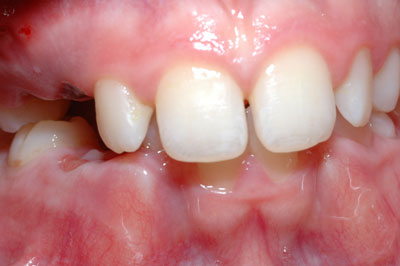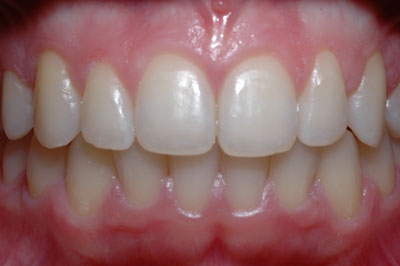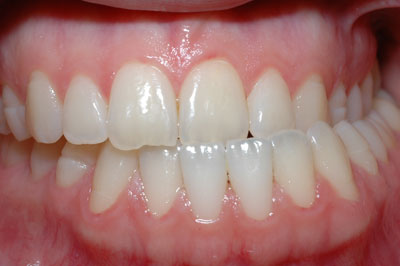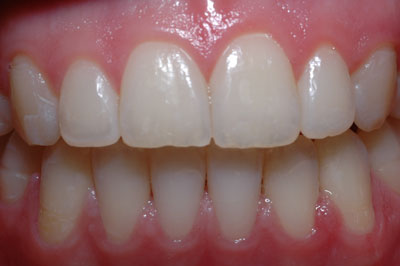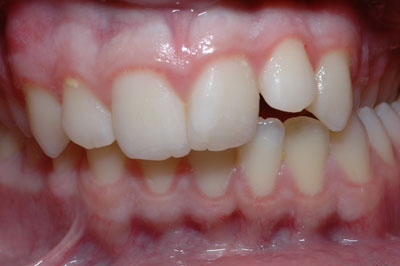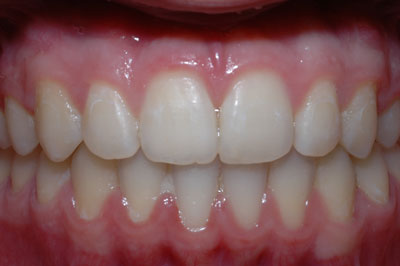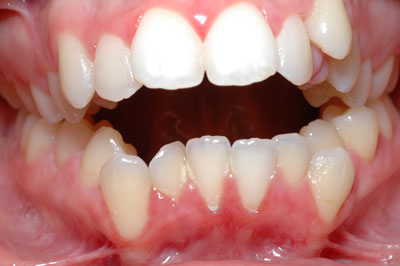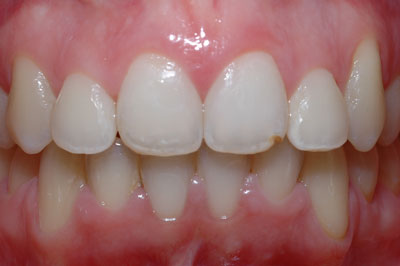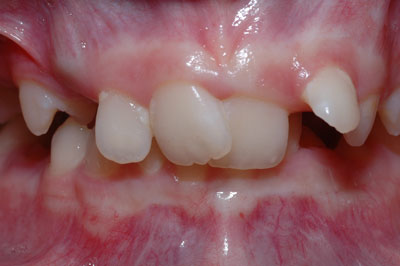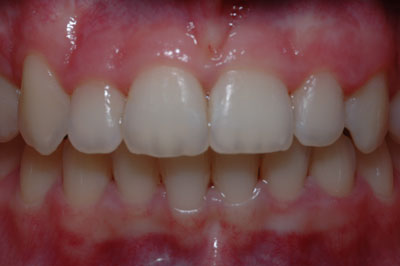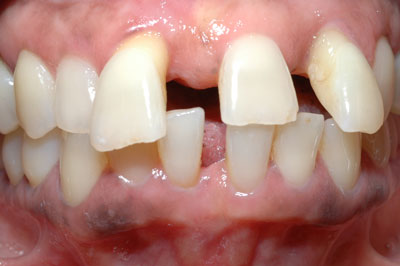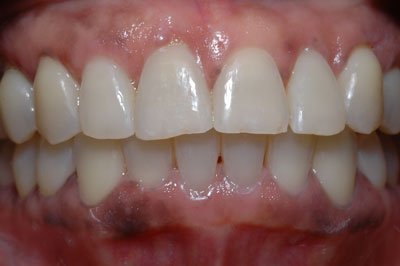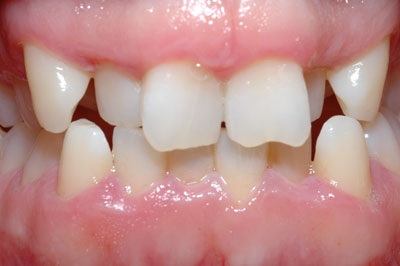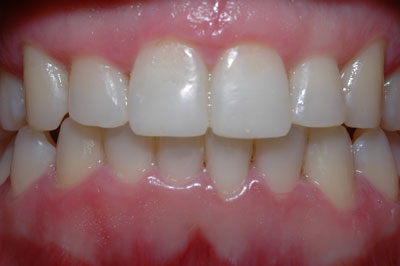Dental Malocclusion
In dentistry, occlusion refers to how the upper teeth come in contact with the lower teeth. We speak of malocclusions as deviations from the natural alignment of the teeth. Specifically, these are dental or skeletal problems of hereditary origin. A malocclusion can make it difficult to chew some foods and cause wear of certain teeth. It can also cause muscle tension and pain, not to mention that protruding teeth are more prone to easily chip or break. Moreover, it is more difficult to brush misaligned or overlapping teeth, which increases the possibility of cavities and gum disease.
Regardless of age, it is desirable to have healthy and well structured teeth.
The benefits impact our overall physical health.
There are various types of malocclusion, the most common of which are described below.
